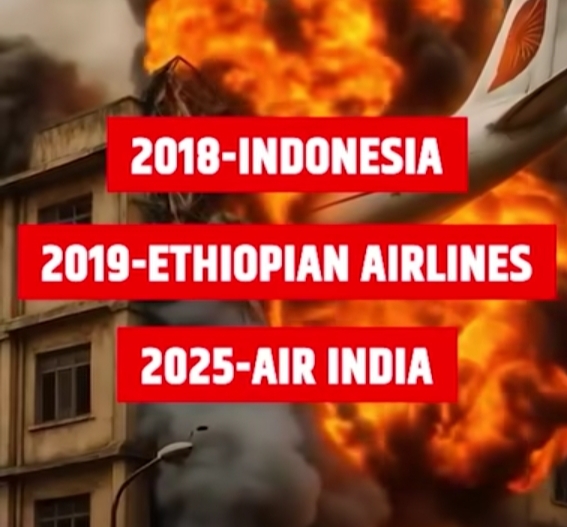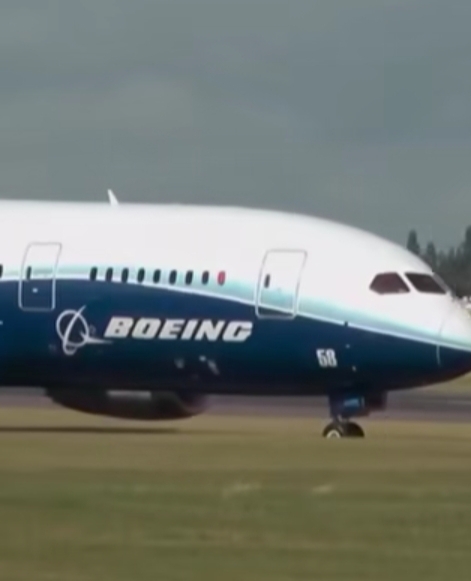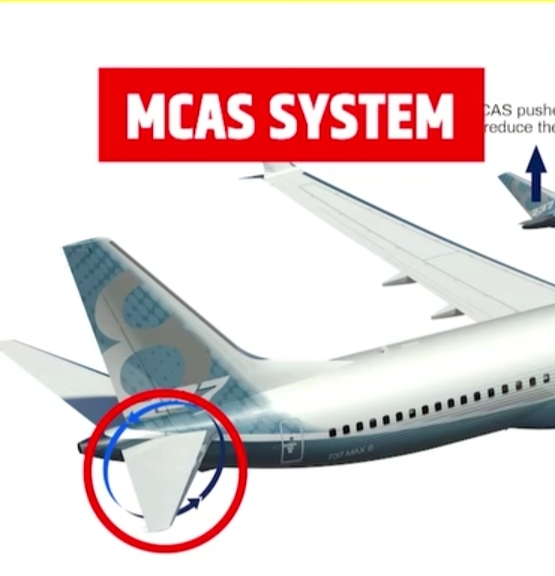
MCAS System and the Deadly Pattern in Boeing Crashes: An Alarming Warning for 2025
The Maneuvering Characteristics Augmentation System (MCAS) — an automated flight control software installed in Boeing 737 MAX aircraft — was designed with a seemingly simple purpose: to help stabilize the aircraft during steep climbs. However, this system has now become a global symbol of fatal oversight, corporate negligence, and avoidable tragedy.
What is the MCAS System?
MCAS is an automated software installed on the Boeing 737 MAX series that pushes the aircraft's nose downward if it detects that the plane is climbing too steeply — a condition known as a high angle of attack (AoA). The intent was to mimic the handling characteristics of previous 737 models despite changes in engine placement and size in the MAX variant. But here's the critical flaw: MCAS relied on data from a single AoA sensor. If that sensor malfunctioned — as it did in multiple instances — MCAS would activate erroneously and repeatedly, forcing the nose down even when it wasn’t necessary.
A Pattern of Preventable Disasters
October 2018 – Lion Air Flight 610, Indonesia
The aircraft plunged into the Java Sea just 13 minutes after takeoff, killing all 189 people on board. Investigations revealed that faulty AoA data triggered MCAS, which repeatedly forced the plane’s nose down despite pilots’ attempts to regain control.
March 2019 – Ethiopian Airlines Flight 302
Merely five months later, another Boeing 737 MAX crashed shortly after takeoff near Addis Ababa, Ethiopia, killing 157 people. Again, MCAS was the silent saboteur — activated by erroneous sensor data, leaving the pilots powerless.
June 2025 – Indian Airlines Catastrophe
The most recent tragedy has shocked the world. Initial investigations into the Indian Airlines 737 MAX crash have once again pointed toward MCAS — despite software updates promised by Boeing post-2019. Technical logs suggest that the system malfunctioned mid-air, overruling manual controls in a déjà vu scenario eerily similar to 2018 and 2019.
The Alarming Truth
This isn’t just a flaw — it's a design decision gone fatally wrong. Boeing’s choice to rely on a single sensor, the lack of pilot training about MCAS, and the company’s delayed transparency have resulted in a pattern of crashes years apart, across different continents, but with the same cause.
What’s worse — even after two major disasters and a global grounding of the 737 MAX fleet in 2019 — the 2025 Indian tragedy proves that the threat was never truly eliminated. The MCAS system, despite being updated, remains a black box of confusion and over-automation, continuing to pose a risk if pilots are not fully informed or if system redundancies fail again.
A Global Wake-Up Call
The 737 MAX was once marketed as the future of air travel. Instead, it has become a dark symbol of how software flaws — when combined with corporate haste and regulatory complacency — can override human judgment and cost hundreds of lives.
How many more lives must be lost before MCAS is either completely redesigned or retired?
How many more families must grieve before the aviation industry learns that automation should empower pilots — not fight them?
This isn’t just about Boeing. It’s about accountability, safety culture, and the urgent need for reform in how aircraft are certified and monitored. The MCAS saga is not just a technical failure — it’s a human tragedy rooted in systemic negligence. And if the recent 2025 crash doesn’t prompt a stronger global response, we may tragically find ourselves writing this story again.



